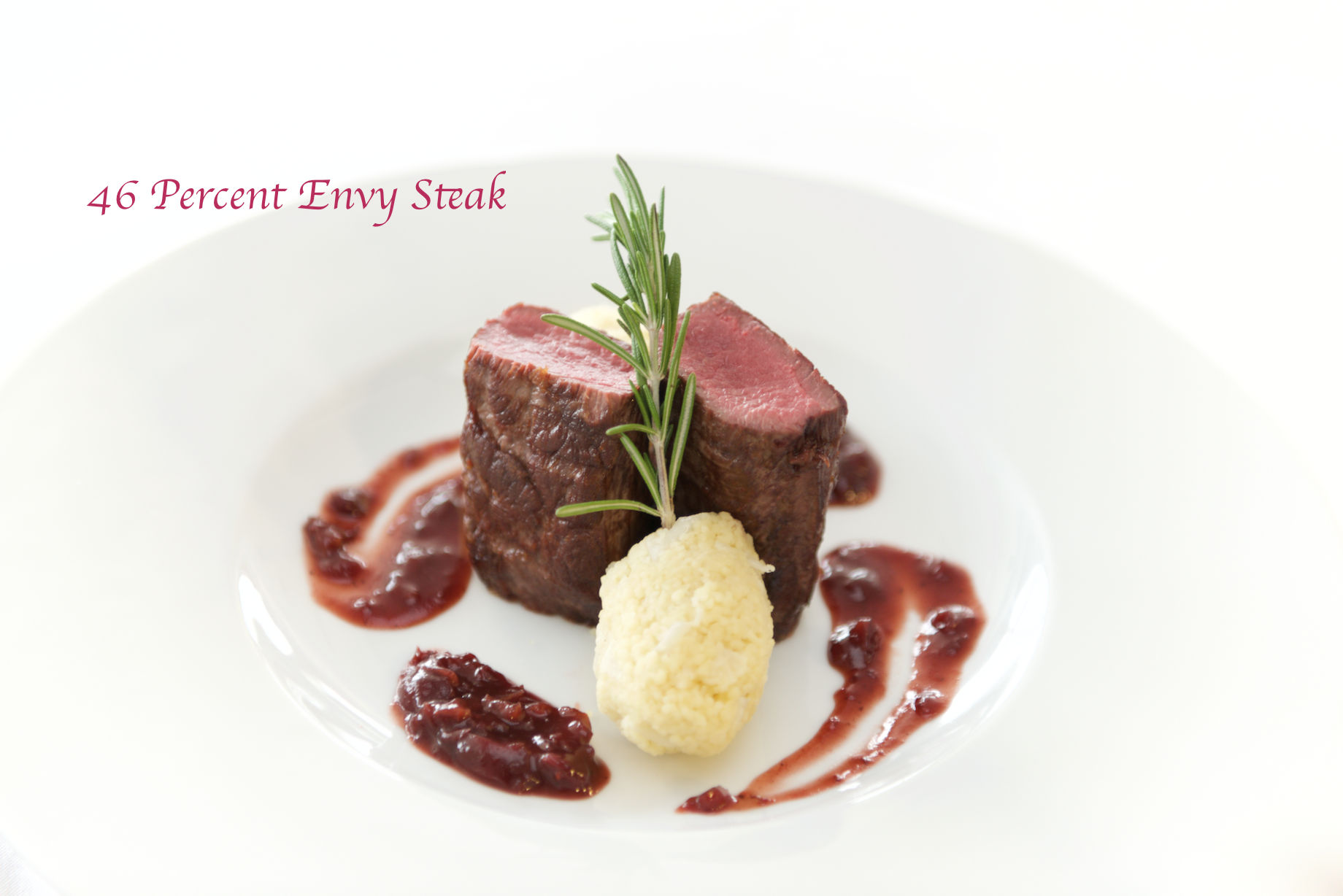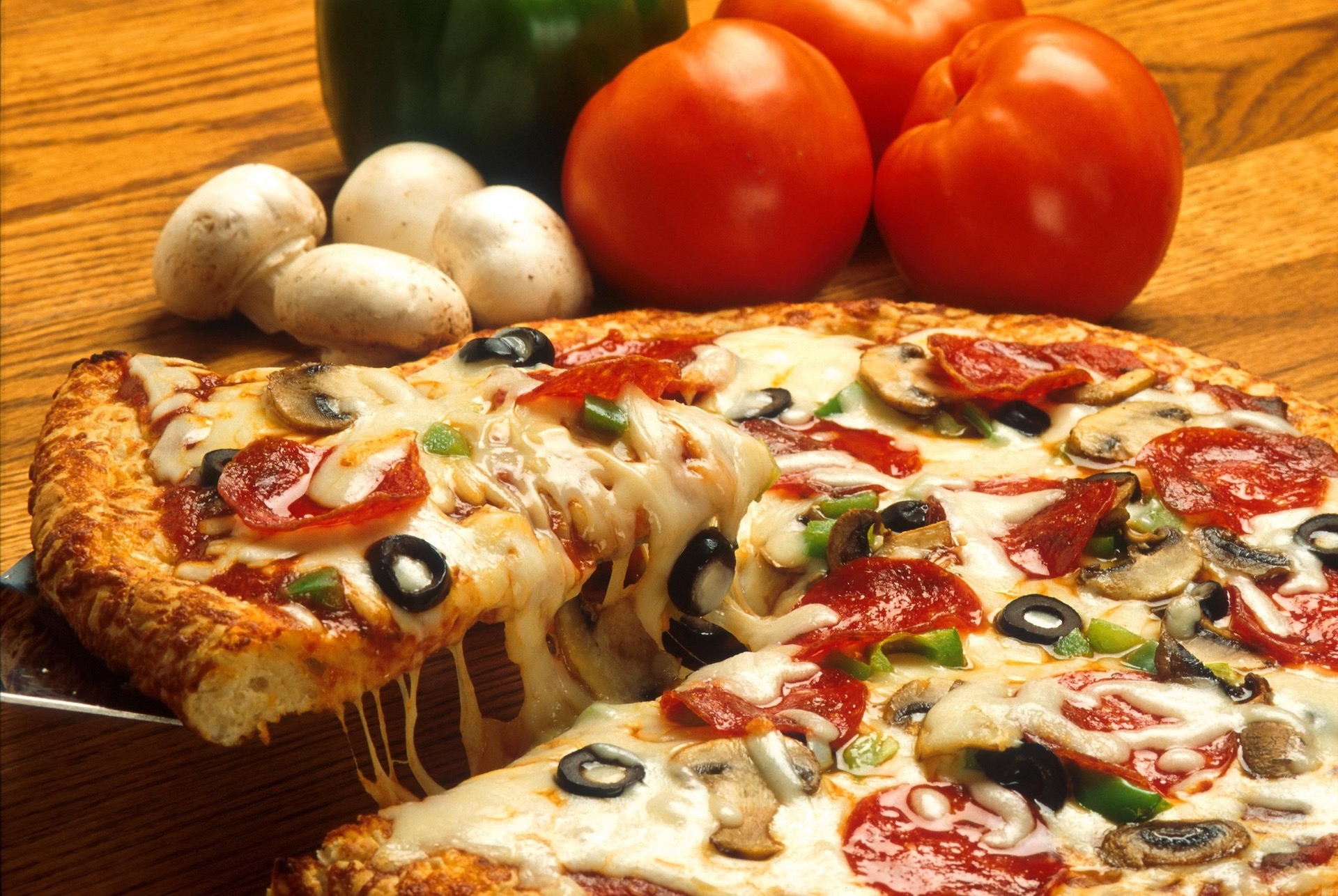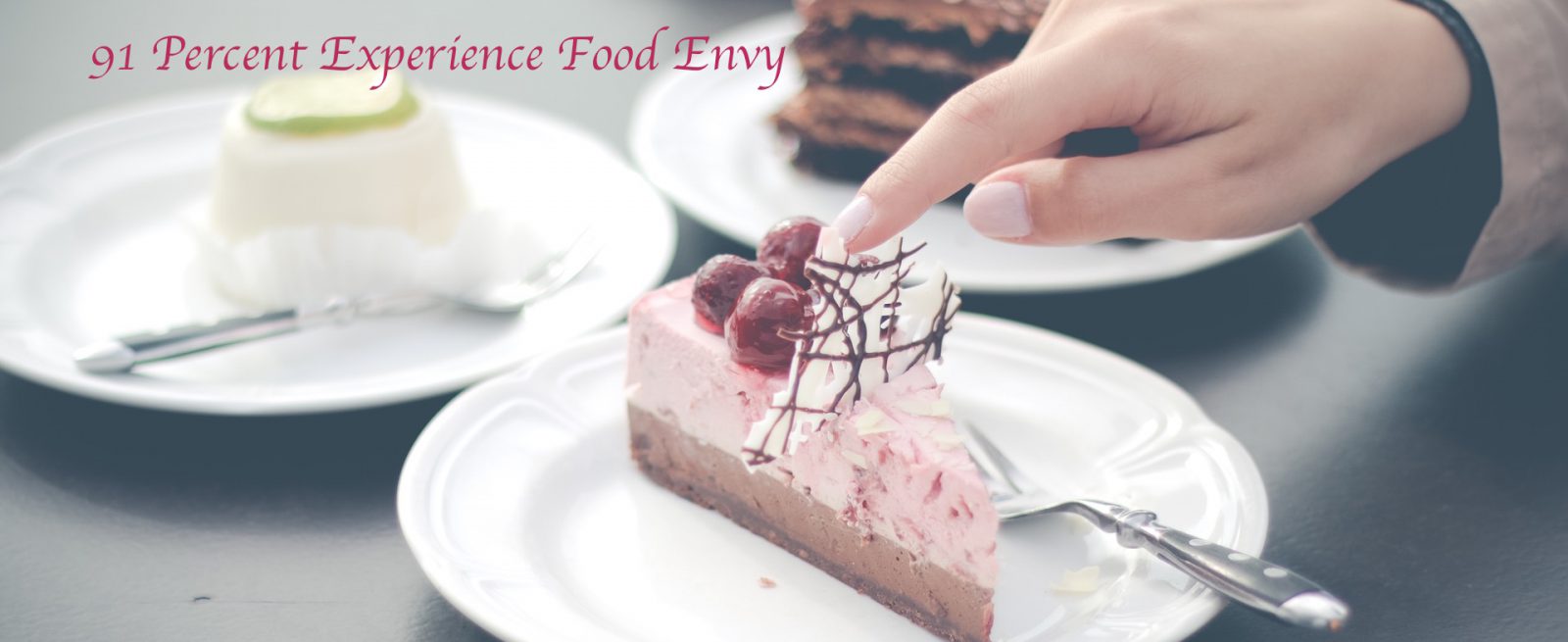Do You Have Food Envy?
4 Min Read By MRM Staff
Does this sound familiar?
You study the menu and order a dish that sounds delicious.
Then, you catch a glimpse of a plate delivered to the table next to you. It looks amazing. Your mouth begins to water and you begin to regret your selection.
Or worse, your dining companion’s plate is more appealing than the one in front of you.
What you’ve experienced is “food envy.”
And you’re not alone.
According to OpenTable’s recent “food envy” survey conducted online by Harris Poll, nearly all Americans have experienced food envy (91 percent) and pined for a different dish while dining out. For almost a third (30 percent), food envy has also resulted in some tense moments at the dinner table.
We discovered that not only does food envy exist — it causes tension at the table with one third of diners.
“As you might expect, our team at OpenTable dines out a lot and we’re always discussing our experiences around the table, so this concept of food envy originated as we were discussing how we’ve all experienced a bit of regret when we see a dining mate’s dish presented at the table, and we were interested in exploring if this is a widespread experience for our diners,” Caroline Potter, Chief Dining Officer for OpenTable, told Modern Restaurant Management magazine. “The results indicate that this transcends our personal experiences and that indecision, self-imposed dietary restrictions or fears around ordering duplicate dishes can contribute to diners having feelings of envy toward other people’s choices.”
Food envy can take a diner on an emotional journey in minutes. It is most likely to arise the moment the food arrives (32 percent). For those who have experienced food envy, it was enough to stir up feelings of disappointment (40 percent), regret (37 percent), and hunger (33 percent).
There’s not much difference between the sexes as women are slightly more likely than men to feel let down or disappointed by their dish choice (43 percent vs. 36 percent). For younger diners ages 18 – 34, food envy appears to be a more practical matter, as they are more likely to feel hungry when compared to their older counterparts ages 35+ (48 percent vs 27 percent).
“We’ve all been caught eyeing others’ plates from across the table, silently comparing our dish against those of our companions,” added Potter. “Sometimes we feel satisfied with our selections, but at other times, we’ve all wished we had ordered what another guest picked. It’s indicative of how much we value our dining experience, and how a little envy can sometimes be a good thing as it prompts us to choose what we really want.”
And what dishes do diners covet most?
“There are specific dishes that create the greatest degree of food envy and, unsurprisingly, the top three were steak, burgers, and pizza — staples of American cuisine, both upscale and casual. Chocolate cake was a close fourth. This seems to indicate the foods we associate with a bit of indulgence and that, perhaps, self-limiting diners are those most susceptible to hungrily admiring their neighbors’ selections.”
When it comes to specific dishes, diners who aren’t keen on sharing their meal might want to avoid the most lusted after ones including steak (46 percent), a burger (39 percent), pizza (38 percent), and chocolate cake (37 percent).

And while nearly two in fve of those who experience food envy (39 percent) will try to settle things amicably to overcome the feeling of food envy by visiting the restaurant on a later date and ordering the dish they desire, nearly one third (31 percent) will push their companions to share meals or steal from their dish. Furthermore, this may explain why close to one third of Americans who have experienced food envy (30 percent) admit it has caused tension with a friend or partner while dining out, with men and younger adults far more likely to experience tension than their female (35 percent of men vs. 26 percent of women) and older peers (42 percent of 18-34 year olds vs. 25 percent of adults 35+), respectively.
“Well, we discovered that not only does food envy exist — it causes tension at the table with one third of diners,” said Potter. “Despite living in a world of shared plates, people may not always want to share, or people may not do a terrific job in masking their envy and disappointment, thus dampening the dining experience.”
Those who experience food envy say that indecision (41 percent) and a desire to experiment with new dishes but later regretting it (33 percent) are the top two reasons why. And while a vast majority (84 percent) admit to taking proactive steps to help avoid food envy when dining out, including previewing the restaurant menu beforehand (46 percent), glancing at what others are eating before ordering (34 percent), and asking the restaurant staff for recommendations (32 percent), food envy still prevails.

Food envy is not confined to restaurants. Although most of those who experience food envy (91 percent) say it has happened while dining out, not all instances take place at the restaurant. A majority of those who have experienced food envy (82 percent) say it happens regularly/occasionally when they just walk past food that smells good. At least half also experience food envy when they see food on TV (68 percent) or social media (50 percent) or while having a conversation about food (57 percent).
The survey was conducted online within the United States by Harris Poll on behalf of OpenTable from March 16 – March 20, 2017 among 2,198 U.S. adults ages 18 and older, including 1,679 who have ever experienced food envy.

